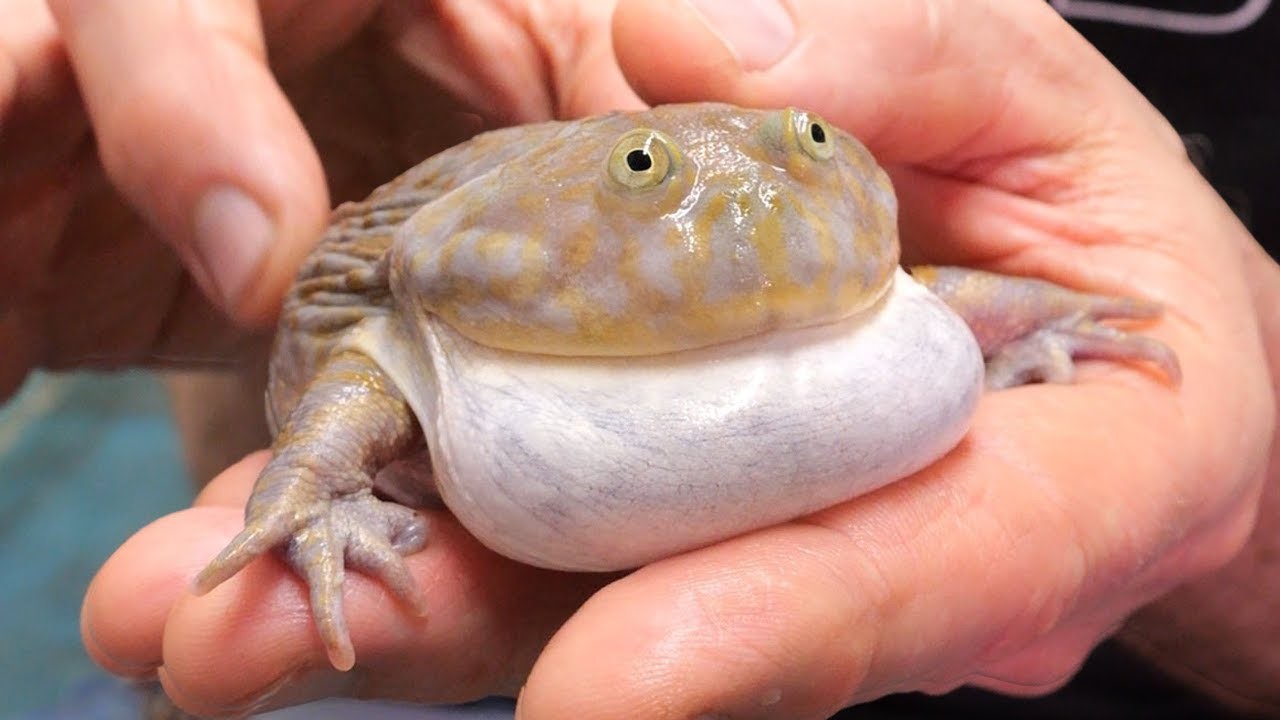





Disclaimer: Copyright infringement not intended.
Context
Description
Size
Behavior
Diet
Senses
Communication
Reproduction
Habitat/range
Status
|
PRACTICE QUESTION Q. Consider the following statements: 1. Budgett’s frogs are highly intelligent and very aggressive. 2. Budgett’s frogs remain in burrows they dig in the bottoms of pools of water. 3. Budgett’s frogs are listed as Endangered on the IUCN Red List. Which of the above statements is/are incorrect? A) 1 and 3 only B) 2 only C) 3 only D) All Answer: C) 3 only |










© 2024 iasgyan. All right reserved